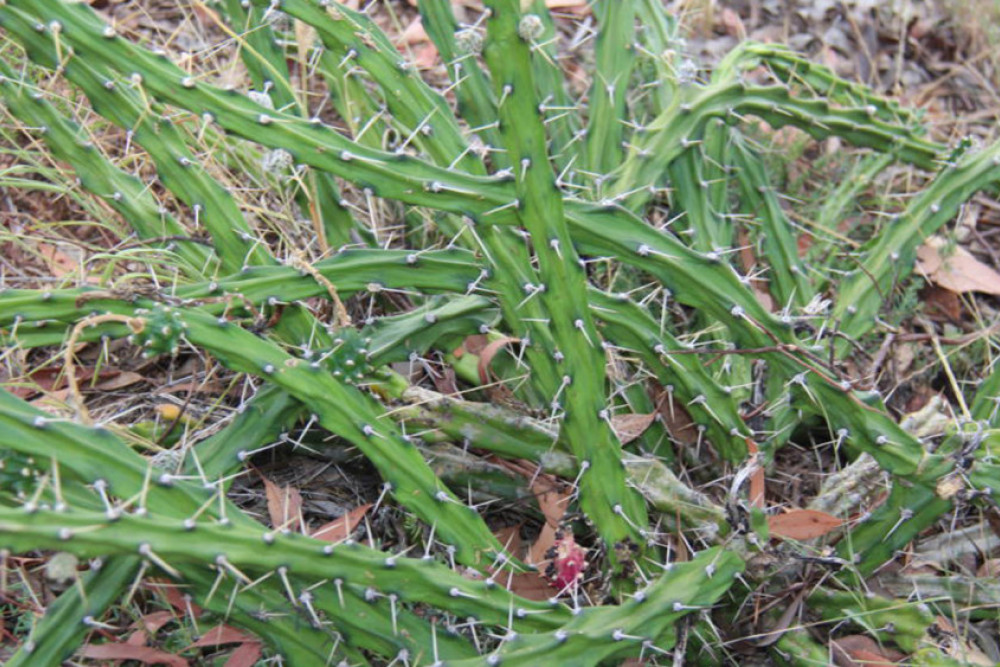Agricultural
11 October, 2022
Invasive cactus control working well
Harrisia cactus, a restricted invasive plant, is under control in the Leyburn area following a proactive collaboration between landholders and government.

A Southern Downs Regional Council spokes-person said following reports of Harrisia cactus in the Leyburn area, Council has proactively worked with landowners and lead pest control agencies to manage and control the weed.
“In conjunction with Southern Queensland Landscapes and Biosecurity Queensland, Council held a field day on Donovan Road in Leyburn to raise awareness and educate landholders on the Harrisia Cactus in June 2022,” the spokesperson said.
“In July 2021, Council Pest Management Officers and Biosecurity Queensland conducted delineation surveys of private properties adjoining all known Harrisia Cactus sites.”
Harrisia cactus, also known as moonlight cactus and snake cactus, is a spiny perennial plant with fleshy-jointed stems that form tangled mats about half a metre tall.
It is found in brigalow and associated softwood country, with infestations also found in eucalypt and pine forests.
It can infest pastures and reduce them to a level unsuitable for stock.
Landholders have an obligation to manage the impacts of Harrisia cactus
on their land and must not give away, sell or release Harrisia cactus into the environment.
The spokesperson said follow-up works were conducted by Council on known Harrisia Cactus infestations in the Leyburn and Karara areas in August this year.
“These works found a relatively small number of actively growing plants that were treated again at the time,” the spokesperson said.
“Council Pest Manage-ment Officers will continue to monitor all known sites and treat accordingly.”


